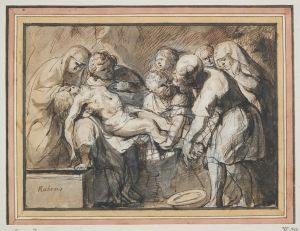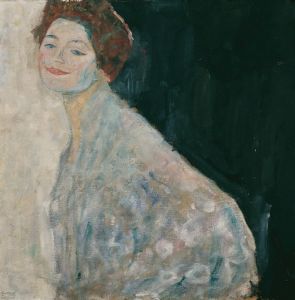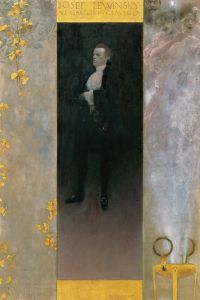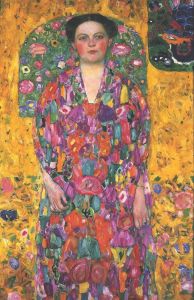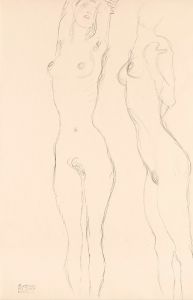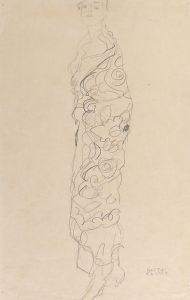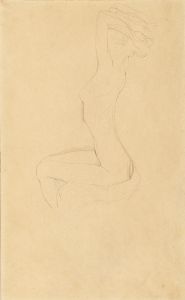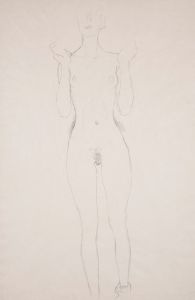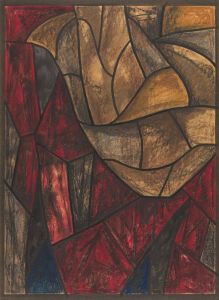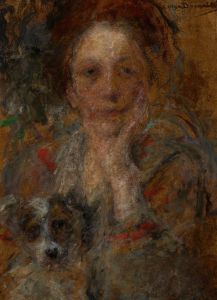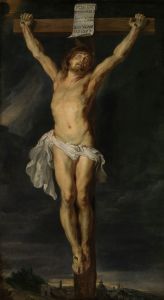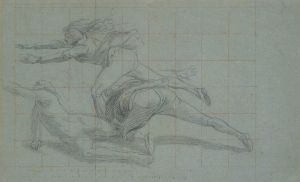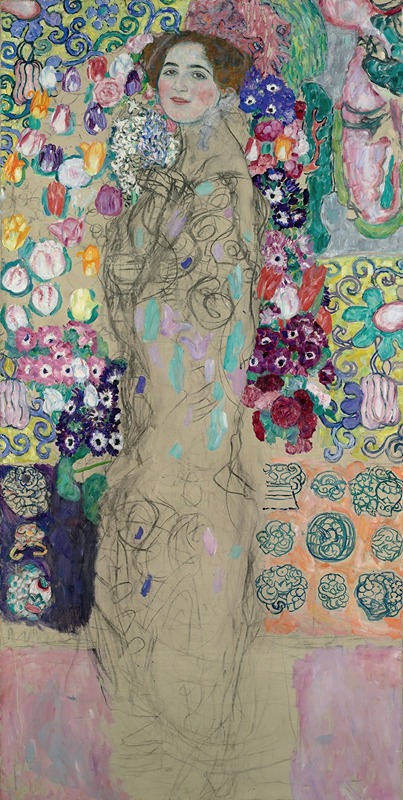
Posthumous Portrait of Ria Munk III
A hand-painted replica of Gustav Klimt’s masterpiece Posthumous Portrait of Ria Munk III, meticulously crafted by professional artists to capture the true essence of the original. Each piece is created with museum-quality canvas and rare mineral pigments, carefully painted by experienced artists with delicate brushstrokes and rich, layered colors to perfectly recreate the texture of the original artwork. Unlike machine-printed reproductions, this hand-painted version brings the painting to life, infused with the artist’s emotions and skill in every stroke. Whether for personal collection or home decoration, it instantly elevates the artistic atmosphere of any space.
The Posthumous Portrait of Ria Munk III is a painting by Austrian Symbolist painter Gustav Klimt, completed in 1918, the year of his death. This work is part of a series of posthumous portraits commissioned by the Munk family to commemorate Ria Munk, a young woman who tragically died by suicide in 1911 at the age of 24. Ria Munk was the daughter of Alexander and Aranka Munk, a prominent Jewish family in Vienna. Her death followed the end of an engagement, and her family sought to honor her memory through art.
The commission for Ria Munk's portrait was initially given to Klimt shortly after her death. However, the process of creating the final version of the painting was lengthy and complex. Klimt produced multiple versions of the portrait, with Posthumous Portrait of Ria Munk III being the last and most developed iteration. Earlier versions of the portrait, including Posthumous Portrait of Ria Munk I, depict Ria in a more traditional, somber manner. In contrast, the final version reflects Klimt's mature style, characterized by vibrant colors, intricate patterns, and a dreamlike composition.
The painting portrays Ria Munk reclining on a bed, surrounded by an explosion of floral motifs and decorative elements. Her figure is integrated into the richly ornamented background, a hallmark of Klimt's later works. The composition blurs the boundaries between the subject and her surroundings, creating a sense of ethereal beauty and transcendence. The use of gold and the intricate detailing in the patterns are reminiscent of Klimt's earlier "Golden Phase," though this work also incorporates a more expressive and colorful palette.
Posthumous Portrait of Ria Munk III is notable for its departure from traditional posthumous portraiture, which often emphasized solemnity and realism. Instead, Klimt's interpretation celebrates life and beauty, presenting Ria in a dreamlike, almost otherworldly state. This approach reflects Klimt's broader artistic philosophy, which sought to merge the sensual and the spiritual.
The painting remained in the possession of the Munk family until it was confiscated by the Nazis during World War II. It was later acquired by the Austrian state and displayed in the Belvedere Museum in Vienna. In 2009, following a legal battle over its provenance, the painting was restituted to the heirs of the Munk family. It was subsequently sold at auction in 2010.
Posthumous Portrait of Ria Munk III is considered one of Klimt's significant late works, showcasing his mastery of color, texture, and symbolism. It stands as a testament to his ability to transform personal tragedy into a work of profound artistic and emotional resonance.





